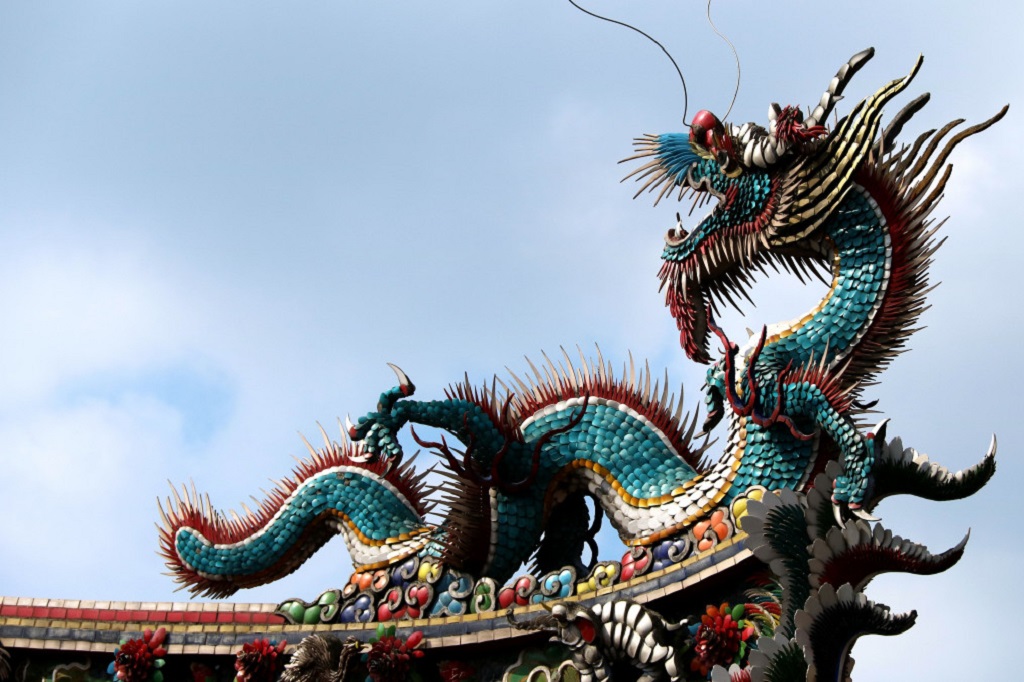In Chinese mythology, there are numerous magical beings with superhuman abilities. They can be kind, cruel, lovely, disgusting, enormous, or minute.
However, the majority of people are only familiar with dragons. This post will describe the 10 Chinese mythical creatures you should know about.
As time went on, Chinese people found and recorded additional mythical animals in historical accounts and folklore.
Due to their widespread use in clothing, jewelry, decor, architecture, and literary works, those fortunate animals are one of the well-known Chinese patterns.
Let’s learn about the meaning and symbolism of these mythical creatures!
1. Chinese Dragon
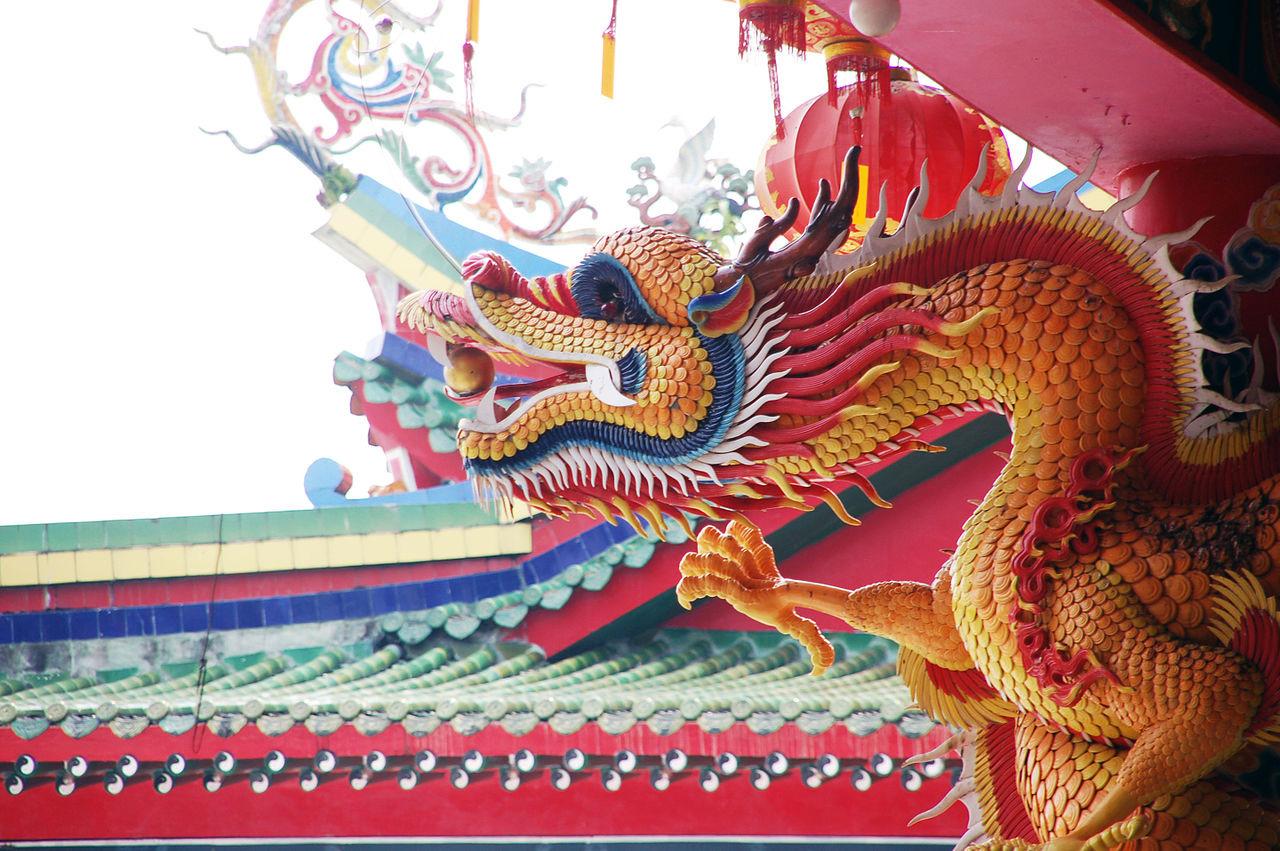
Legendary Chinese dragons are a common theme in Chinese folklore. Chinese culture frequently depicted dragons as the giant, scaled, serpentine monsters with four legs.
Chinese dragons are often associated with solid and fortunate abilities, especially those that govern water and the weather.
The Chinese emperor frequently employed the dragon as a symbol of imperial supremacy since it was also a sign of good fortune and intense power.
Dragons are among Chinese culture’s most common mythological creatures, and people have long cherished them as potent symbols of strength and fortune.
Chinese and East Asian dragons can bring good luck, wealth, and peace.
2. The Nine-Headed Bird
The nine-headed bird only appears at night and brings calamity. It transforms into a bird when its plumage is on and into a stunning woman when it is off.
It reportedly once had ten heads. Yet, one is absent, and the blood-dripping headless neck cannot stop.
The story of how the bird lost one of its heads has two different endings.
One theory claims that it had its head shot off by a hunter. Another more frequently accepted theory contends that it had its head bit off by a vicious mythological dog.
But that thing did not affect the evil bird. It enters villages covertly at night, harming kids and bringing bad luck.
According to old myths, the nine-headed bird is remarkable because it has nine brains and is extremely intelligent. It can predict the future as well.
The phrase “nine-headed bird intelligence” describes someone’s intelligence in China. But it also has a negative and derogatory connotation because it implies that the person is crafty, dishonest, and treacherous.
3. The Nine-Tail Fox
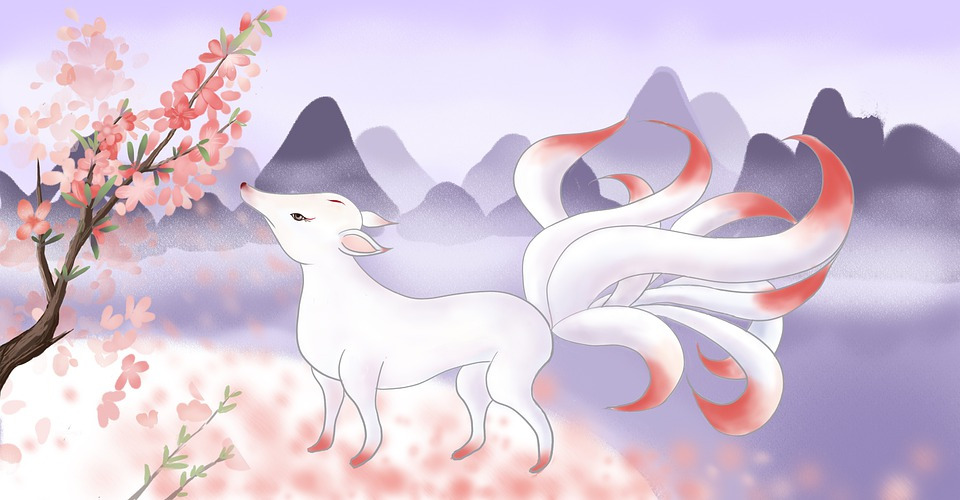
Chinese people have said that the fox’s tail is the place that keeps auras. The bottom begins to split into two and nine tails when the fox has taken in auras.
A fox possesses an immortal body and the capacity to spit fire when it has nine tails. The nine-tailed fox has become associated with cunning because it flatters and deceives innocent people in folklore, representing a variety of characters.
The fox spirit frequently appears in tales dressed as lovely women, usually trying to captivate men for amusement or to feed on them eventually.
4. Qilin
Many East Asian nations have heard of the fabled Chinese monster, the Qilin. This strange mythical being is a hoofed chimera.
Its apparition foretells the coming or going of a wise man or distinguished king.
Chinese people have believed that qilins are divine, peace-loving beings that only inhabit regions under the control of intelligent and kind authorities.
5. Feng Huang
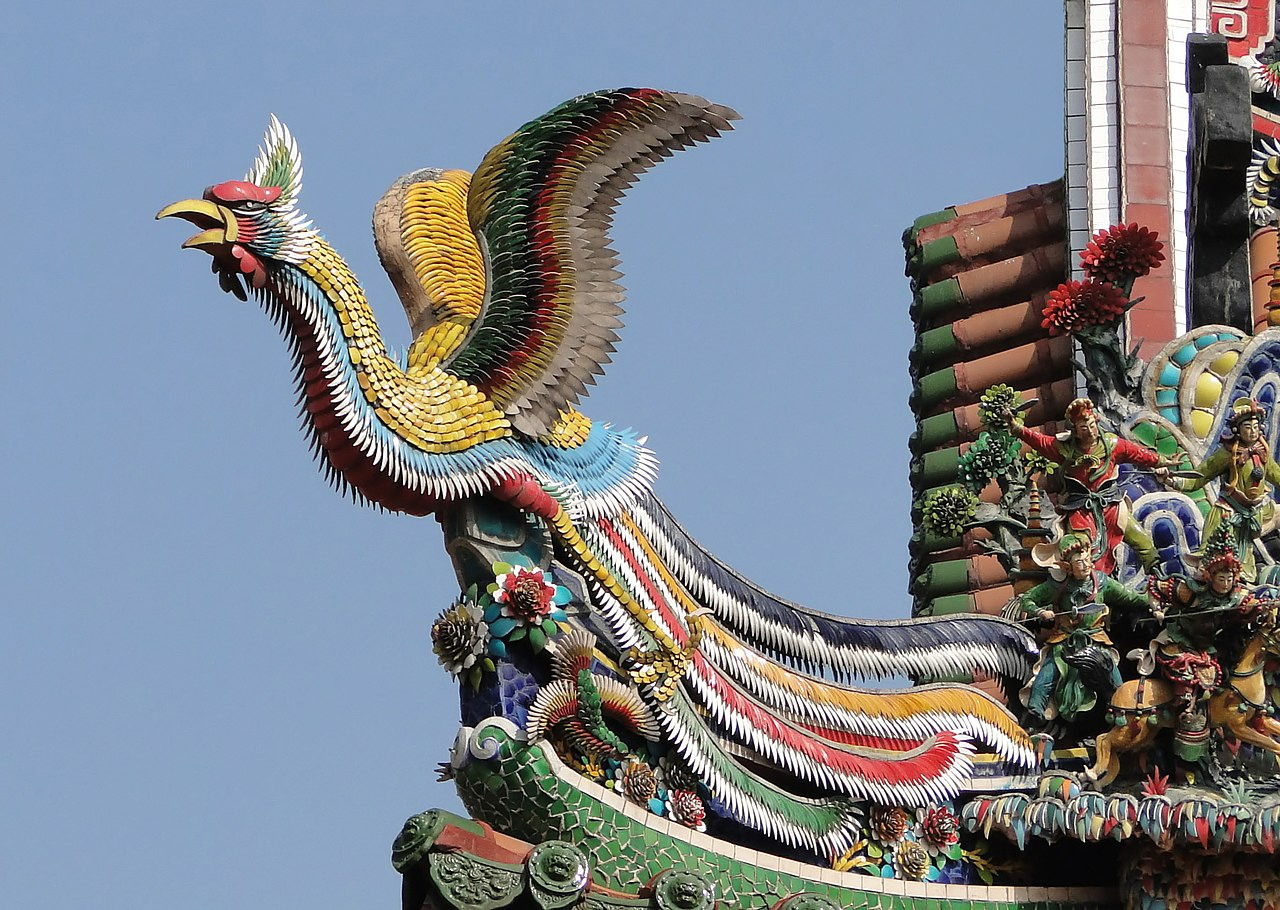
Feng Huang is one of the four well-known Chinese legendary beasts. It stands for the summer harvest, the sun, and comfort.
The Chinese culture has regarded Feng Huang as the ruler of all birds and that it was born of fire. The image of a male and female Feng Huang together represents enduring love.
This mythical bird has the beak of a rooster, a swallow’s face, a fowl’s forehead, and a snake’s neck. It also has the breast of a goose, the back of a tortoise, the hindquarters of a stag, and the tail of a fish.
The empress employed the phoenix in imperial homes because it represented high virtue and grace. Marriage rituals frequently use the combined motif of a dragon and a phoenix because it means the yin and yang are coming together.
6. Baize
According to Chinese tradition, Baize is a snow-white creature living in the Kunlun Mountains and can communicate in human language. It can understand how all living things function.
According to legend, the Baize appeared before the Yellow Emperor and revealed information about 11,520 monsters that were at large.
The Yellow Emperor then ordered his men to take notes, which eventually became the valuable antique book Baize T.
7. Kui
In Chinese mythology, Kui is an ox creature with one leg. It looked like a cow with a gray body and was born on the Liubo Mountain on the East China Sea.
The storm’s body shines like the sun and booms like thunder when it is still far off. According to legend, there were a total of three Kuis. The Yellow Emperor caught the first Kui, and he constructed a combat drum from his skin.
The sound of the drum greatly alarmed and frightened the king’s opponents. The majority of their men went insane and quickly perished.
8. White Tiger
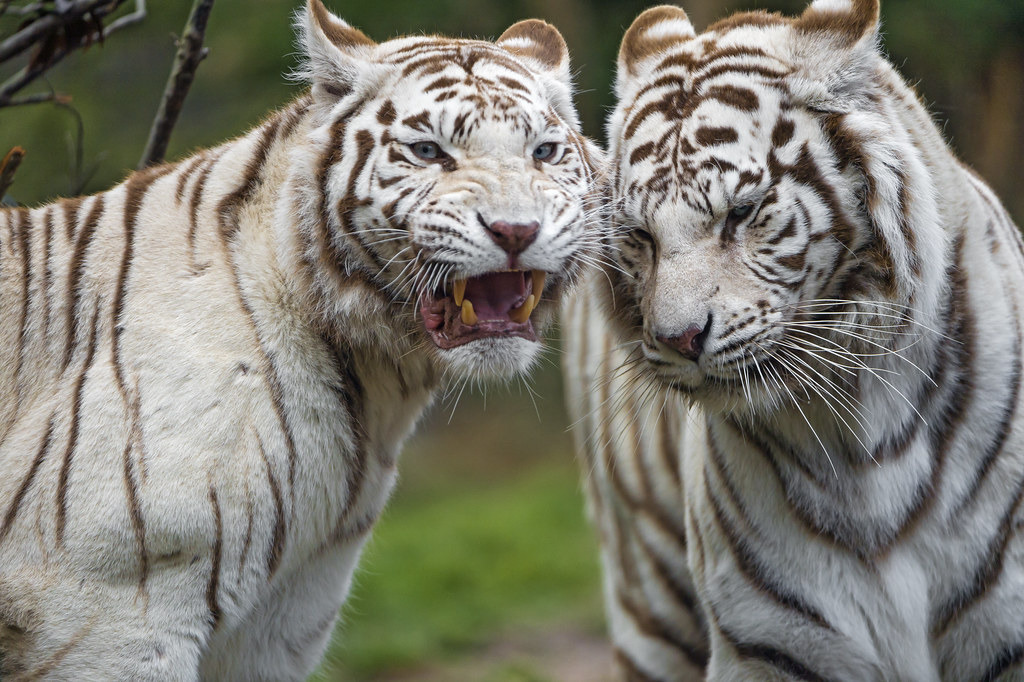
One of the Four Symbols of Chinese astronomy is the White Tiger. People regarded the tiger as the monarch of all beasts during the Han Dynasty.
According to legend, a tiger’s tail will turn white after 500 years. As a result, the white tiger evolved into a legendary animal.
The white tiger would only show up when the emperor exercised ultimate virtue in his leadership or when there was world peace. The tiger also represents luck in traditional Chinese culture.
The tiger may be an incarnation of good energy. People have said it relates to the sun, summer, and fire.
9. Nian
The Nian is a legendary animal with unknown origins that serves as one of the main characters during the Lunar New Year. According to some tales, it is a big beast with two long horns and sharp teeth.
They lived in the mountains and would descend at the end of the year to destroy the fields, crops, and animals, torment the populace, or possibly kill them all.
However, the townspeople eventually learned that the creature was scared of loud noises, bright lights, and the color red.
Now that you are aware of the significance of the Chinese New Year. You can see why there are so many loud firecrackers, brilliant fireworks, red lanterns, lion dance performances, and red decorations everywhere to frighten the beast.
10. Pixiu
Chinese people have regarded the Pixiu as a lucky emblem that will bring you money, safety, and good fortune.
The pixiu frequently appears as a regal statue standing watch. In essence, the Pixiu is a hybrid creature whose appearance varies a little based on the time it originated.
The Pixiu is highly esteemed because it makes the lives of those who possess it happier. It has specific exorcism properties, just like the Kylin and the dragon.
For these reasons, people have supposed that pixiu decorations throughout the home, office, or as little accessories on your body may bring riches and prosperity. Pixiu is a sign of wealth coming from all sides because it can absorb everything without letting anything out.
Conclusion
Chinese mythology boasts a wide array of mythological beings. The 10 creatures you must know about were inspired by both the natural world and the imagination of folklore.
In some situations, they have magical abilities related to success, misfortune, or even the birth of sages.
Hopefully, this article has helped you understand what each of them means. Thank you for reading!

